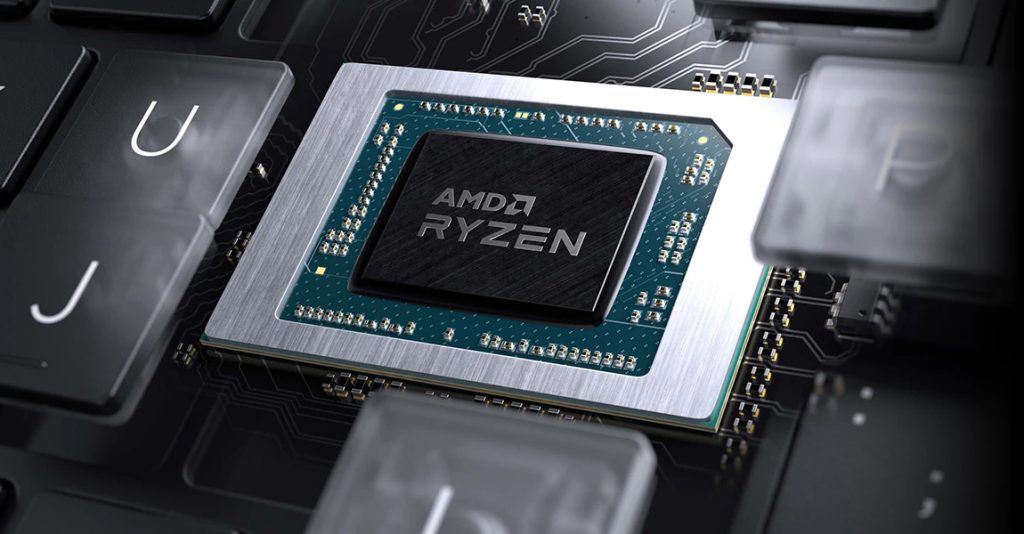Chiplet technology has been a success for AMD's Ryzen desktop processors. However, when it comes to laptops, the company is treading cautiously. During a recent media event in South Korea, AMD was asked about possibly incorporating chiplets into mainstream laptop APUs. As per AMD, that could happen someday, but only if the technology becomes cheaper and more power-efficient.
Chiplet designs have a power consumption disadvantage that may not suit all laptop categories. For example, the ultramobile or lightweight laptop category (Phoenix chips, for example) typically operates within power envelopes ranging from 15 to 30W. In these cases, a monolithic architecture is better, as it consumes less power than a chiplet-based architecture. On the other hand, the Ryzen “Dragon Range” 7000HX, which uses both desktop and mobile elements, already benefits from chiplets. However, note that these chips are optimised for a different degree of power efficiency than the Phoenix chips.

During the event, QuasarZone (via VideoCardz) asked David McAfee, Corporate VP and GM of Client Channel Business at AMD, why the company has not adopted a chiplet design for mainstream mobile CPUs. To that, he answered that AMD had examined both monolithic and chiplet architectures for desktops and laptops. However, due to power limits, adopting chiplets in laptops takes a lot of work. The power cost associated with adopting chiplets suggests that it's best to introduce them when it's deemed worthwhile to pay that penalty.
Considering these factors, the findings suggest that in the laptop industry, a monolithic structure is more cost-effective and efficient than chiplets. However, AMD may consider chiplets if there is an incentive to use them.
Despite the current limitations, AMD plans to develop more powerful chiplet designs for premium systems such as the Strix Halo and Fire Range. The former prioritises a high-performance integrated GPU, while the latter prioritises CPU architecture, leaving graphics to external discrete solutions. However, the mainstream market will have to wait for these chiplet designs.
Discuss on our Facebook page, HERE.
KitGuru says: When do you think AMD will start using chiplets on its mainstream laptop GPUs?
 KitGuru KitGuru.net – Tech News | Hardware News | Hardware Reviews | IOS | Mobile | Gaming | Graphics Cards
KitGuru KitGuru.net – Tech News | Hardware News | Hardware Reviews | IOS | Mobile | Gaming | Graphics Cards


